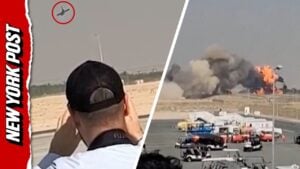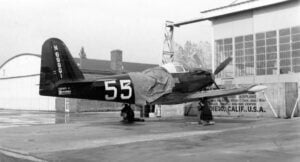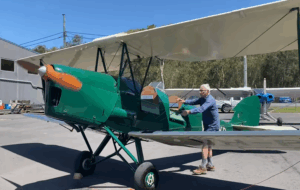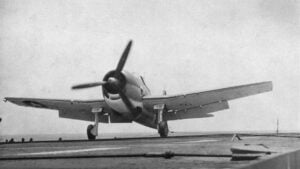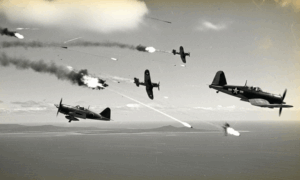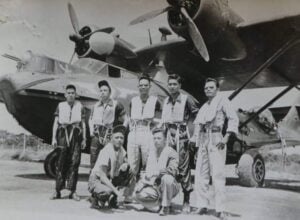This is the Weirdest Plane That the Russian Ever Designed
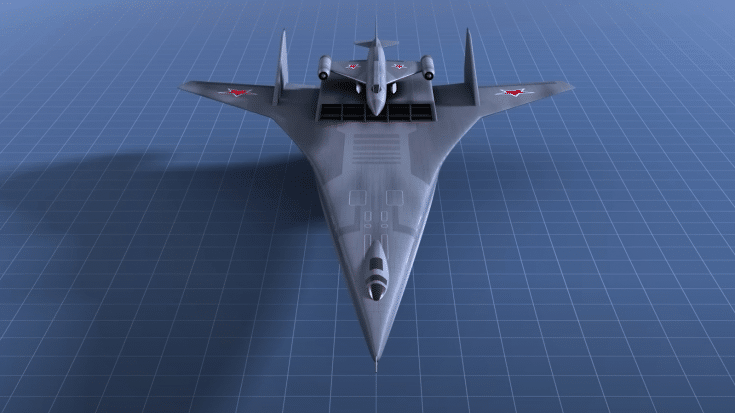
Megaprojects / YouTube
The Cold War was a time of unprecedented innovation in aviation as nations raced to develop advanced military technology. Among the Soviet Union’s most daring projects was the Bartini A57, a plane so unusual it remains one of the most fascinating designs of its time. Conceived by the visionary aircraft designer Robert Ludovic Bartini, the A57 was intended to be a supersonic bomber with the ability to take off and land on water. Its unique features, coupled with its ambitious mission, made it stand out even among the radical ideas of the era.
Roberto Bartini and the Ambitious A57 Bomber Concept
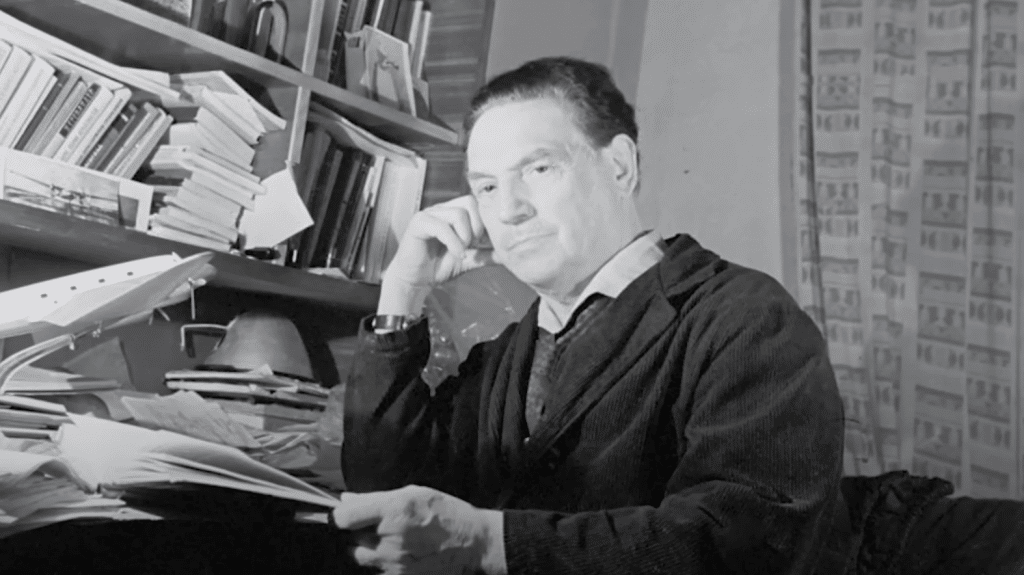
Bartini, born Roberto Bartini in Serbia in 1897, was one of the Soviet Union’s most creative engineers. After relocating to the Soviet Union, Bartini quickly established himself as an innovator in aviation. His earlier work included aircraft like the A55, which showcased his interest in experimental designs. The A57 was his boldest idea yet. He envisioned a bomber that could operate from non-traditional surfaces such as water or ice, avoiding the vulnerabilities of fixed airbases. The design was inspired by the challenges of creating aircraft that could survive and operate effectively in the face of growing nuclear threats.
The A57’s main goal was to provide the Soviet Union with a nuclear delivery system that was both flexible and difficult to counter. Unlike traditional bombers, which required well-maintained airfields, the A57’s flying boat design allowed it to launch from remote and unpredictable locations. This feature was intended to make it less susceptible to enemy attacks on its base of operations. It could also be refueled mid-mission by submarines, giving it an extraordinary range and versatility. These features made it theoretically one of the most advanced concepts of its time.
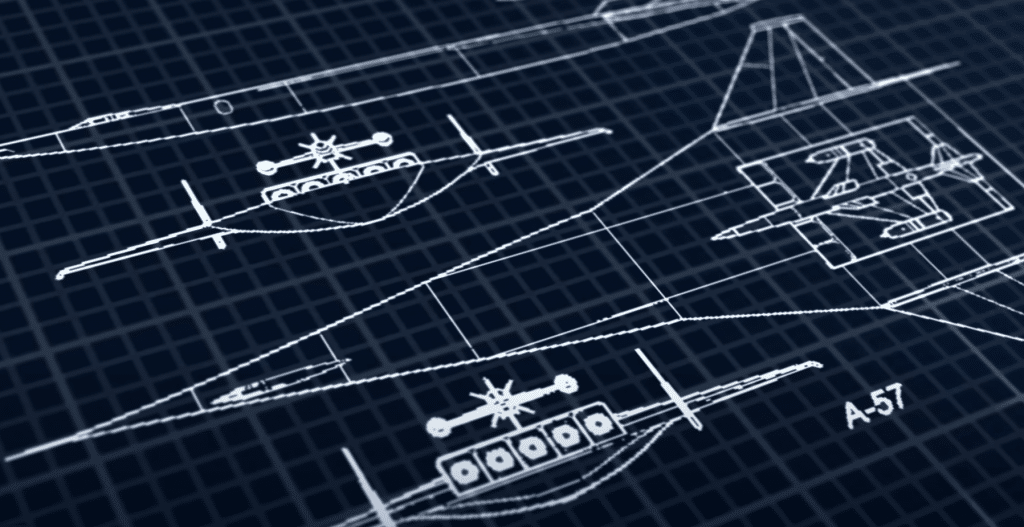
Technical Challenges and Specifications of the A57 Bomber
Technically, the A57 was a massive project. The aircraft had a proposed wingspan of 37.1 meters and a maximum weight of 320 tons. It was powered by five NK-10 engines, which were designed to give it a top speed of 2,500 kilometers per hour. Its range was an impressive 12,000 kilometers, making it capable of intercontinental missions. The A57 also utilized a flying wing design, which improved its aerodynamic efficiency and provided more lift compared to conventional aircraft layouts. This design was cutting-edge, but it also posed significant engineering challenges.
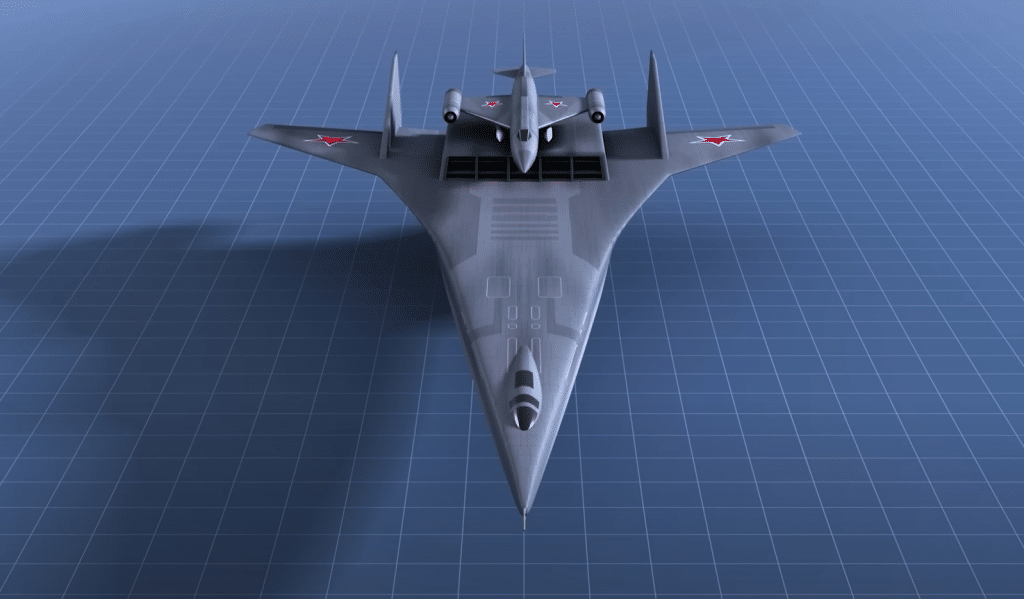
The flying wing concept was relatively untested at the time, and combining it with a supersonic flying boat introduced even more complexity. The A57 was intended to take off from water, which required the aircraft to handle additional stresses during takeoff and landing. Furthermore, operating a large, supersonic aircraft over long distances posed fuel and weight issues. While the theoretical capabilities were impressive, the practicality of such a design proved difficult to achieve.
Abandonment and Legacy of the A57 Project
Initial tests in wind tunnels revealed several problems. Stability and structural integrity became major concerns. The Soviet Union, facing resource constraints and shifting military priorities, decided to halt further development of the A57 before a prototype could be built. While the project was abandoned, it highlighted the era’s willingness to explore radical solutions to military challenges. The A57 also reflected Bartini’s unique approach to aviation, blending science fiction-level ambition with real-world engineering.
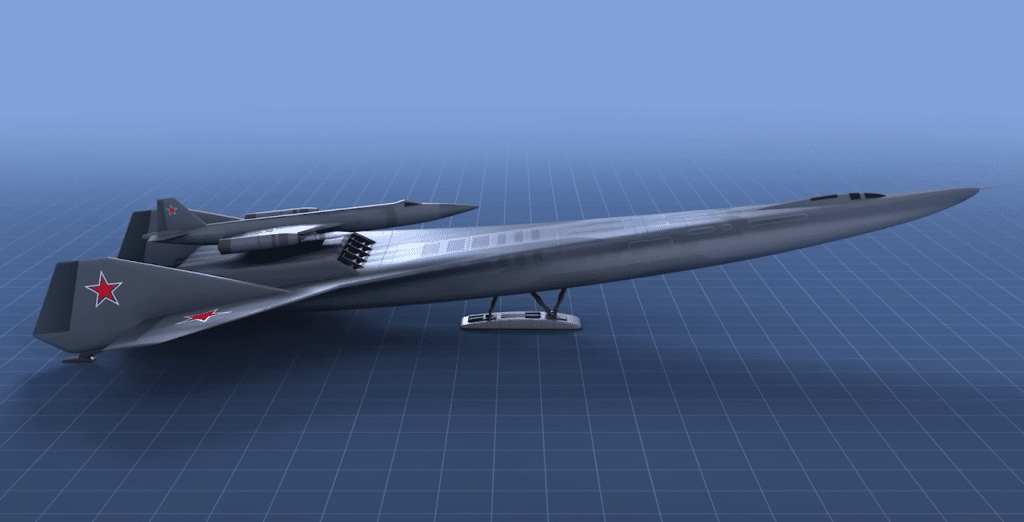
Although the A57 never became a reality, its story continues to capture the imagination of aviation enthusiasts. It represents a time when designers pushed the boundaries of what was thought possible, often creating concepts that seemed more like fantasy than practical military tools. For Bartini, the A57 was a way to rethink how aircraft could operate in an era of growing threats. While it ultimately remained on the drawing board, the A57 remains one of the most unusual aircraft designs ever conceived.














